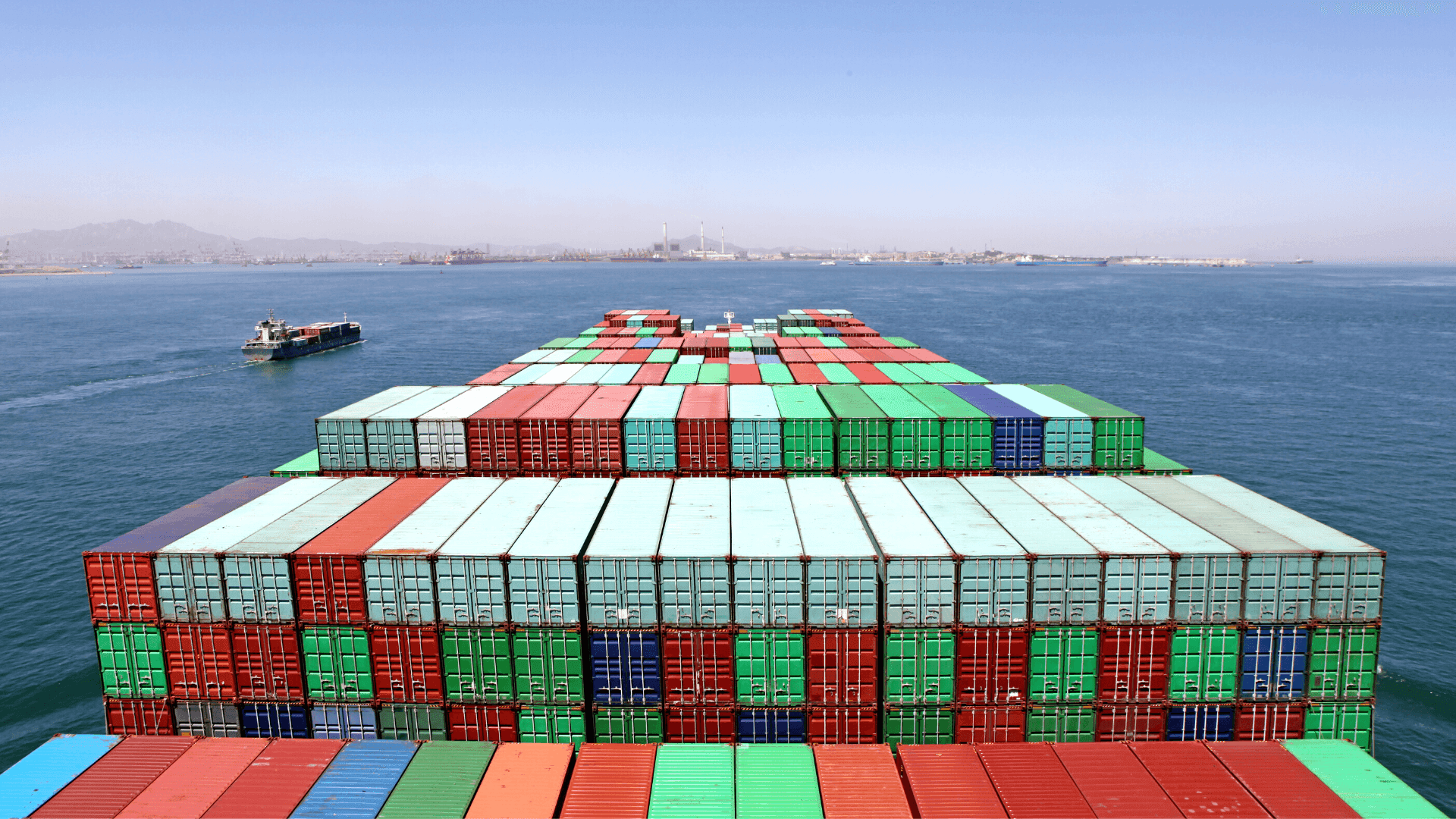
Why Everyone on Your Logistics Team Should Understand Carrier Alliances
Back in 2017, the landscape of the shipping world rearranged yet again as ten of the major carriers in the maritime industry coalesced into three distinct carrier alliances. Today, nearly 80% of the global carrier market operates within these alliances. Understanding these alliances, how they function, and the impact they have on the supply chain are vital for any logistics team dealing with global ocean freight today.
So…what is a “carrier alliance”?
A carrier alliance is a cooperative business agreement between two or more cargo carriers. These carriers decide to share and utilize one another’s vessels to increase services and reduce costs. By pooling their available fleets, they can then maximize their shipping schedules and distribute cargo more efficiently. This practice is not entirely dissimilar to booking a flight with one airline only to arrive at the airport and find a different airline will be bringing you to your destination.
Most successful alliances are often between carriers who either command vessels of a certain size or conduct trade across specific lanes, which allows them to expand their available fleet and equally distribute loads between the carriers.
Why your logistics team needs to understand alliances
As carrier alliances continue to fulfill more than 80% of the market’s demand, it’s likely that your team is already aware and doing business with them. While the alliances are generally built on long-term partnerships, it is always possible for re-arrangement to occur and for chartering to be an option for some of the smaller carriers to reap the benefits of an alliance.
Understanding who these alliances are and how they affect the supply chain is vital for any logistics teams who wants to strategize and maintain operations at peak efficiency, as well as anticipate potential re-organizations in the market and hedge toward risk.
All about the “Big Three”
As mentioned before, the ten major carriers are now divided into three carrier alliances. These alliances and their carriers are listed below:
2M Alliance – 8.1 million TEU’s
- Maersk
- Mediterranean Shipping Company
THE Alliance – 4.8 million TEU’s
- Hapag-Lloyd
- ONE
- Yang Ming
- HMM
Ocean Alliance – 7.4 million TEU’s
- COSCO
- CMA CGM
- Evergreen
- OOCL
All these alliances combined command over 3,100 vessels and have a capacity of over 20 million TEUs. With this kind of shipping power, they’ve been able to create an economy of scale, driving down operating costs while also increasing their load capacities.
These alliances are governed by “slot charter agreements” or SCAs. These agreements are used to assign each carrier’s contribution to a specific tradeline or schedule. While these kinds of agreements are not totally unique to the alliances, they are uniquely important within them. The SCAs are what keep the alliances operating at peak efficiency and are the glue that holds the different carriers together.
The impact of carrier alliances on the global supply chain
These alliances are still relatively new in the international shipping space, which means we’re just now beginning to see the impacts that these agreements can have. On the one hand, they’ve been praised for helping contribute to a better-than-predicted rebound of the global supply chain post-pandemic. On the other hand, there is a lot of head-scratching about what this kind of market control could potentially do to the shipping market and economies in the future.
Right now, the alliances enable the carriers within them to keep operating costs lower than independent carriers. As a result, they can pack ships more efficiently, carry more cargo per ship, and deliver freight on-time. This allows their carriers to offer more competitive rates and generate higher margins which is ultimately a healthy sign for the industry. This allows carriers to bring a level of stability to the market while increasing their service offerings and investing in technology.
The shipper takeaway
While working within the framework that the global supply chain has built today, it is important to understand how these alliances can affect you as a shipper and how you can leverage them to mitigate risk for your business in the long-term.
As carriers become more strategic with their operations, it will be important for shippers to start thinking about utilizing carriers and their services in a way that gives them a competitive edge.
By locking in a multi-year contract or a committed contract, shippers can begin to diversify their supply chain and reduce long-term volatility, ultimately leading to better returns and an increase in consistency for their business. As shippers begin to think about how they will manage their risk more efficiently, engaging carriers in a committed contract with a segment of their total allocation may be what separates a successful BCO from one that is barely getting by.
While the longevity of the current carrier alliances is undetermined, these alliances will inevitably remain a fixture in the supply chain and will continue to play a vital role in the future development of international trade.
Keep Learning
- Crocs, Inc. Vice President of Global Distribution & Logistics joins the NYSHEX Board
- Not All “Contracts” Are Contracts – And That’s a Good Thing
- Thinking About Adopting an Allocation Management Tool? Here Are 3 Ways It Can Help
- NYSHEX Closes $25M Series B to Improve the Reliability and Efficiency of Global Shipping
- 5 Signs You’re Ready to Add Allocation Management Software to Your Tech Stack